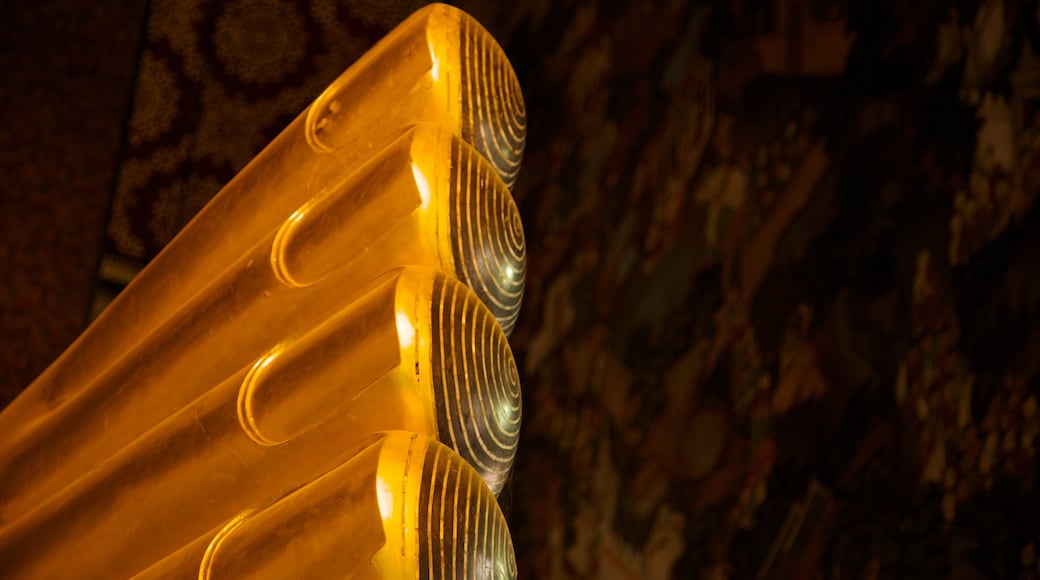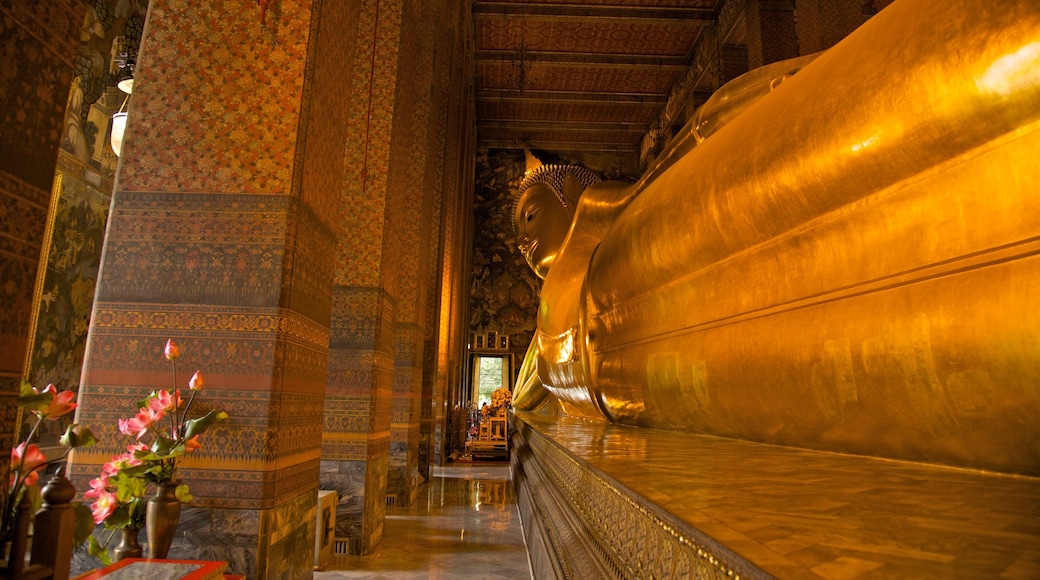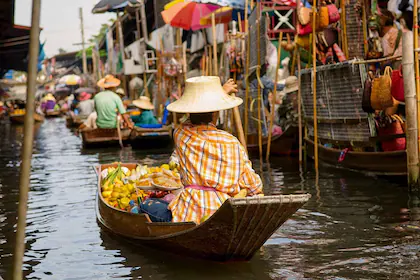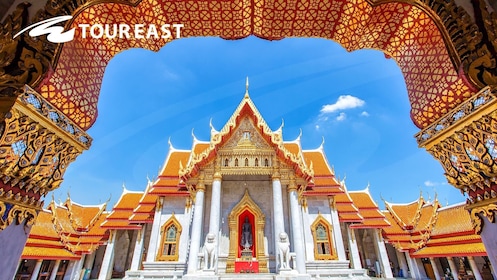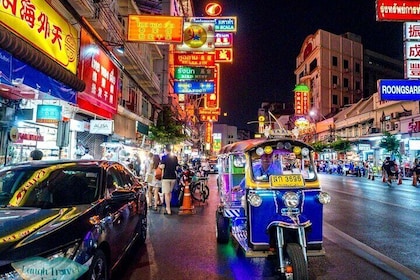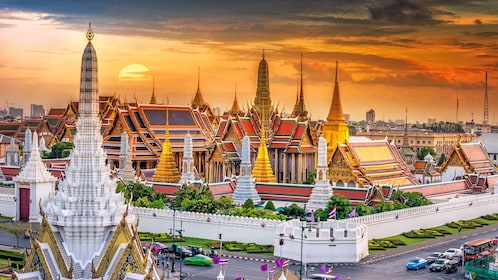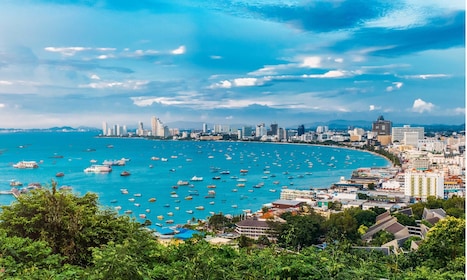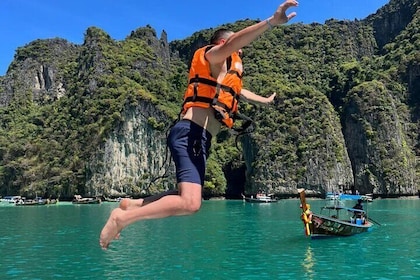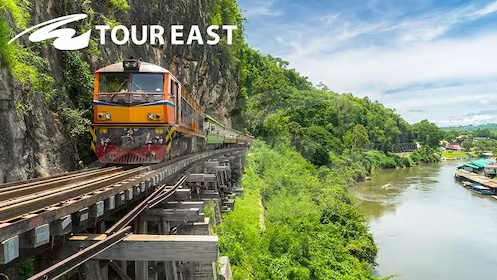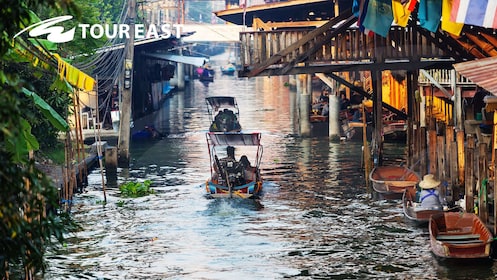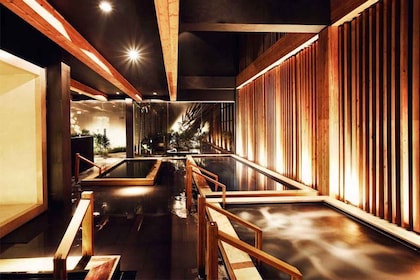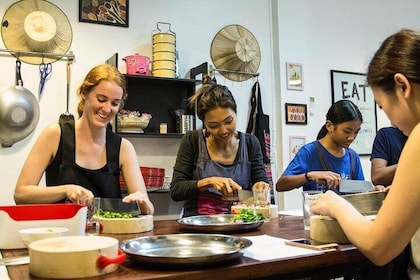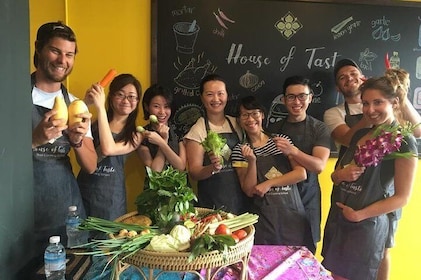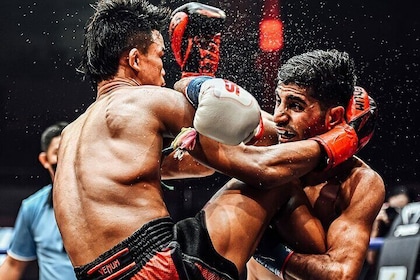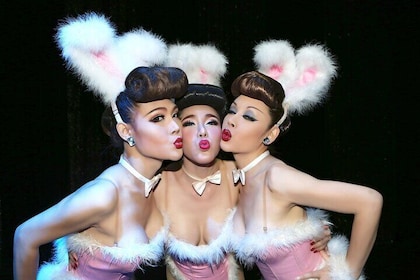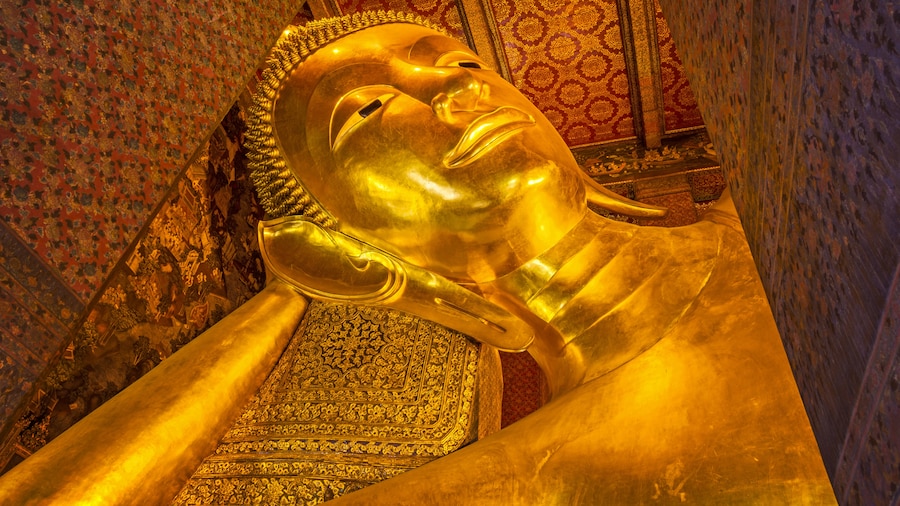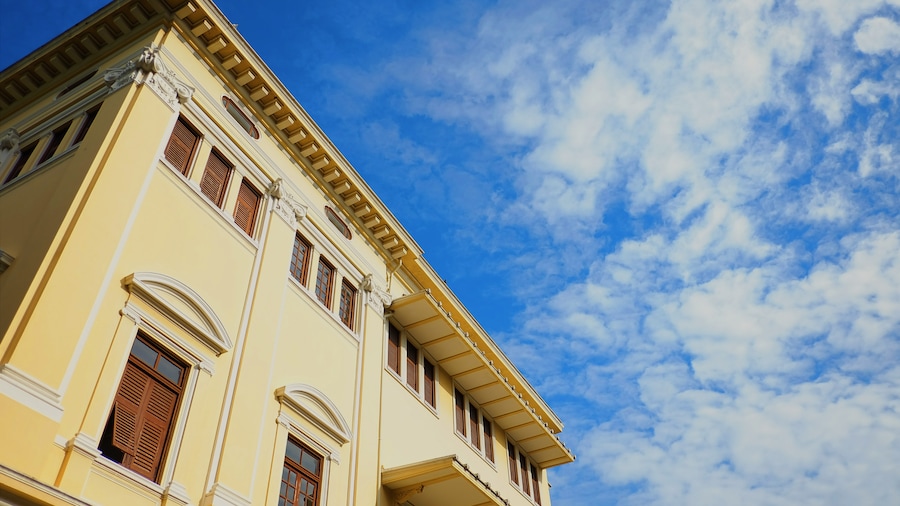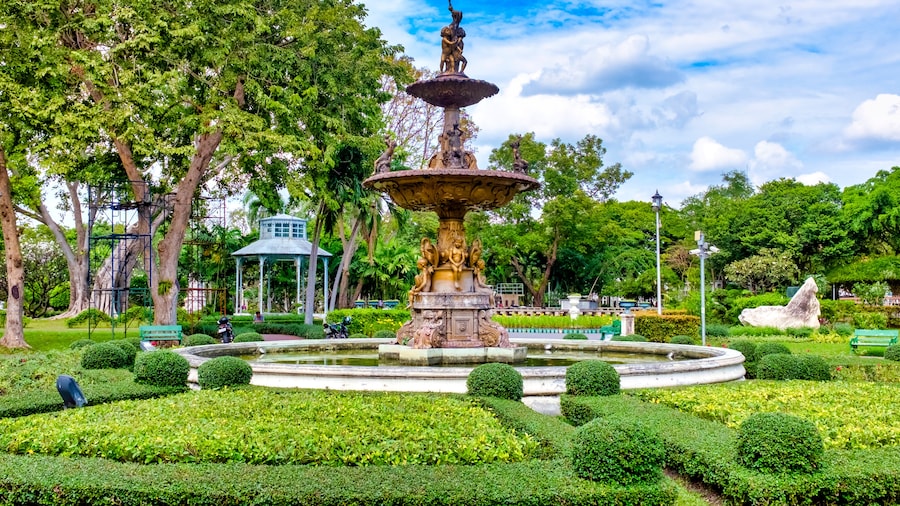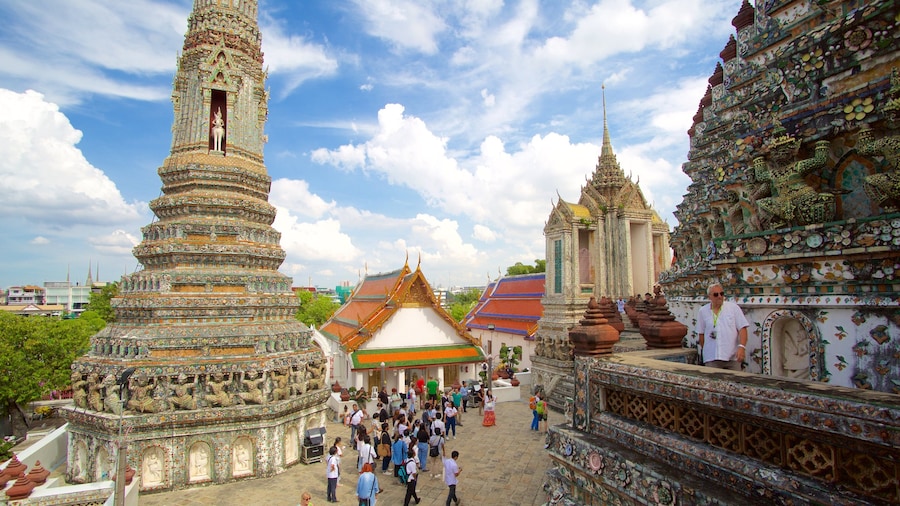Wat Po is one of the top attractions in Bangkok for Thai people and tourists alike. The large temple is famous for its giant Reclining Buddha and has more Buddha statues than any other temple in the country. It is also one of the oldest public universities in the country and the official school of traditional Thai massage.
The temple is officially called Wat Phra Chetuphon Vimolmangklararm Rajwaramahaviharn, which explains why most non-Thai speakers refer to it as “The Temple of the Reclining Buddha.” The Thai abbreviation Wat Pho comes from Wat Phodharam, a lost monastery of the Ayutthaya period. King Rama I of the Chakri dynasty had the temple re-established, which took nearly eight years. King Rama III spent another 16 years restoring and extending it and King Rama IV gave it its present name.
When you enter the hall where the 150-foot (46-meter) long Reclining Buddha rests, drop a coin into one of the bronze bowls for good fortune. The 108 bowls represent the 108 different positive characters of the Buddha. The resting statue itself is covered in gold leaf and represents the Buddha passing into nirvana. Look for the mother-of-pearl inlays on the soles of his giant feet.
While this figure is the biggest attraction, you’ll find more than a thousand Buddha statues in the complex. The medical university on the temple’s grounds is a school for traditional medicine and, more famously, Thai massage. Bring extra baht to experience an invigorating rub. Visit the library, which is decorated with shards of porcelain, and don’t miss the ancient descriptions of massage techniques. Cross the road to visit the working monastery and talk with the monks they love to practice their English.
Wat Pho is next to the Grand Palace and the same dress code applies: cover your arms legs and feet before you step inside. The easiest way to get there is by ferry or taxi. There is an admission fee and guided tours are available. The temple is open daily.



